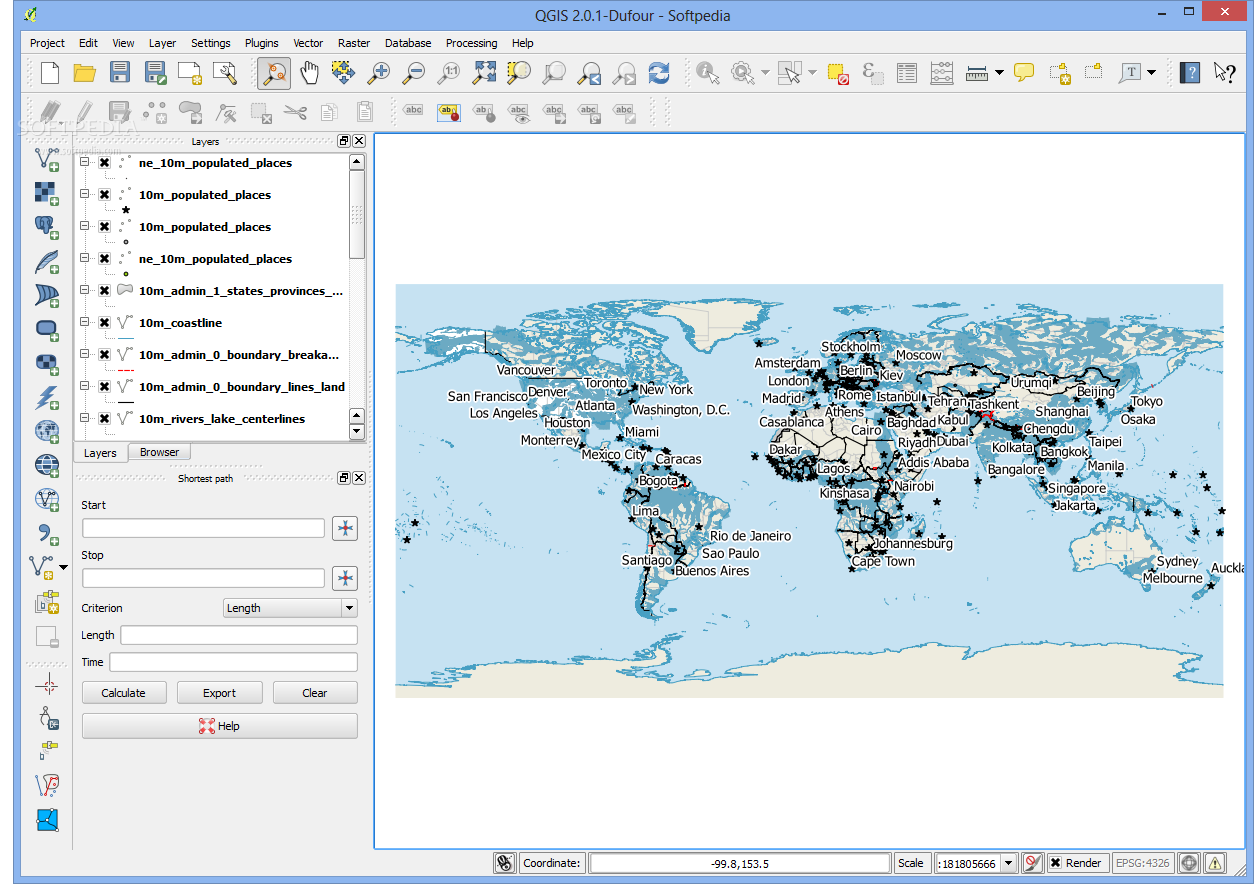

- SYMBOLS QUANTUM GIS INSTALL
- SYMBOLS QUANTUM GIS DOWNLOAD
The QGIS OpenLayers Plugin offers another easy way. SYMBOLS QUANTUM GIS INSTALL
Install QuickMapServices plugin, find its button on the toolbar and click it to see a list of layers, including OSM layers.There's a couple of different approaches to bring in tiles from OpenStreetMap (or from other OpenStreetMap tile providers) : In particular note the various options for Shapefiles and PostGIS databases. There are many ways converting OSM data to other formats which can then be opened within QGIS. Shapefiles, PostGIS and other conversion options See the QGIS OSM Plugin page for more info and workarounds. However, due to a bug related to 64-bit Identifiers, newer data is not read. Note that this process imports raw OSM GIS data not any particular map style/symbology.įor QGIS older than version 2: The QGIS OSM Plugin lets you load in vector data from OpenStreetMap, and even edit and upload your changes. Add this layer to your project via the "add a spatialite layer" menu.Do this three times (clicking 'Load from DB' for each) to create three spatialite geometry layers. "Export topology to Spatialite" then allows you to open the database connection, select the type of data you want (points, lines, and polygons) and choose tags to import.osm file into a spatialite database, and create a db connection. "Import topology from an XML file" below will convert your.You can skip this step if you already have a.
SYMBOLS QUANTUM GIS DOWNLOAD
"Load data" will connect to the OSM server and download data. To get OSM data, use the "Vector → Openstreetmap" menu: QGIS 2.0 integrates OpenStreetMap import as a core functionality. Please don't upload any data now to OSM with QGIS 2.0 QGIS 2.0 should now be blocked from data submission, until it changes its version in its user-agent string. QGIS may still be used for retrieving data however it is possible for the geometries to look very incorrect, with ways mixing old nodes below the 32-bit limit and new nodes not found after they are truncated to 32-bit or unrelated nodes found with unrelated positions and tags as members of unrelated ways or relations: data retrieval may unpredicatably give inconsistant results at any time. Users should use another editor, until QGIS 2.0 (or any tools based on QGIS 2.0 such as the QGIS plugin for JOSM) is fixed (especially for QGIS versions built for 32-bit native OSes). This would severely impact the database if it is updated with QGIS. QGIS should no longer be used before a major version release to support 64-bit integers for nodes it is possible that data retrieved from the database contain new nodes that would be truncated to 32 bits. One of tutorials is available at Searching and Downloading OpenStreetMap Data (QGIS3)¶.Īs of begining of July 2015, all existing versions or QGIS prior to version 2.18 are now incompatible with OSM data containing 64-bit Identifiers. QuickOSM allows you to work quickly with OSM data in QGIS thanks to Overpass API. An OSM file can be exported from OpenStreetMap in a number different ways. Use Layer -> Add Layer -> Add Vector Layer menu and specify an OSM file to be imported into a QGIS project. Vector data can be loaded into QGIS from an OSM file without any extra add-ins. The Clear cache button is hidden in the Settings -> Options. Changes made on OpenStreetMap will not show up until the QGIS cache is cleared. Right clicking on that reveals an option to add that as a layer. The XYZ Tiles source section includes OpenStreetMap as a standard feature. For this purpose, please use one of the Editors. There is no built-in possibility to upload changes back to a OpenStreetMap server directly from QGIS. In QGIS version 3, there are built-in features to use raster and vector data from OpenStreetMap. 3.4 Using QGIS to filter data from government sources and convert it to KML. 3.3.2 Using QGIS to convert between CRS. 
2.5 Using raster maps from OpenStreetMap.2.4 Shapefiles, PostGIS and other conversion options.

2.1 QGIS 2: Importing OSM vector layers.







 0 kommentar(er)
0 kommentar(er)
